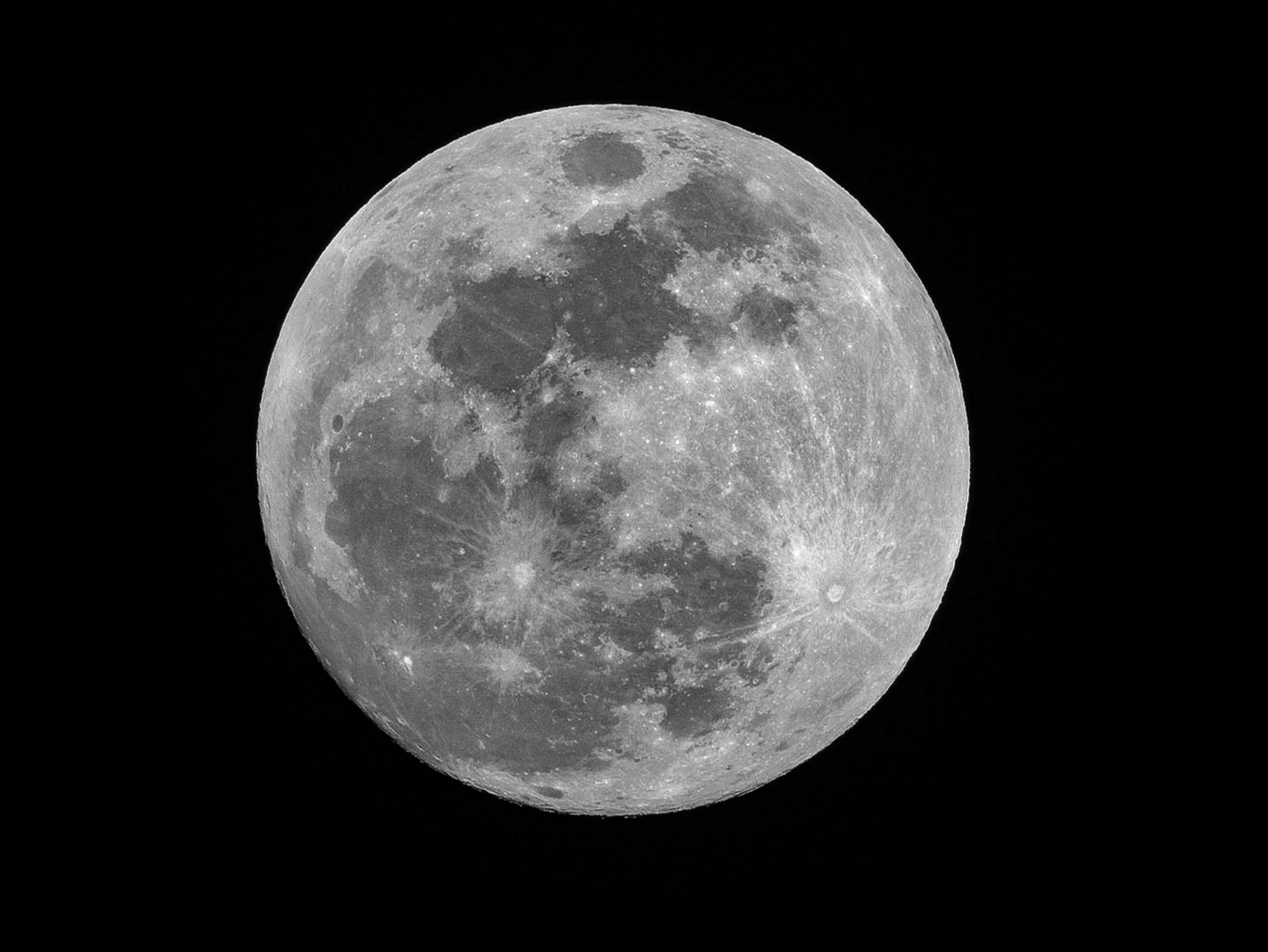The White House, the seat of the US government, asked NASA to create a time zone for the Moon, with the aim of establishing international standards for future human exploration. The idea was to create LTC (Lunar Coordinated Time) to overcome the time discrepancy between the Earth and the Moon.
In practice, the difference in gravity between the two bodies can cause the same clock on Earth to move at a different rate on the Moon. ReutersThe time difference results in a loss of 58.7 microseconds per day on the Moon. Although this may seem insignificant, these microseconds have a significant impact on the synchronization of equipment and space communication systems.
“This basic principle of gravity in our universe has an important consequence: time passes differently in different places in the universe … On the moon, gravity is a bit weaker, and clocks work differently,” he explains. BBC Professor Catherine Heymans, Astronomer Royal for Scotland.
Compared to clocks on Earth, clocks on the Moon will eventually run one second ahead after 50 years of operation. This type of delay can cause equipment on the satellite to malfunction.
Also, it is worth remembering that the rotation of the Moon is slower than that of our planet. While we have 24 hour days here, a lunar day is 700 hours (about a month). Thus, LTC can serve as a reference time zone for future missions to the Moon.
The US proposal is also supported by the ESA (European Space Agency). Both organizations hope to reach an international agreement on the new lunar time zone, which would require the approval of the BIPM (International Bureau of Weights and Measures) located in France. For example, the company is responsible for making sure measurements are the same around the world — and now, in space, too.
A New “Space Race” to the Moon
A constant-time initiative for NASA was never thought of. The North American space agency plans to launch Artemis 2 in 2025, the first manned mission to a satellite in 50 years.
The plan is for the Orion spacecraft to carry out a test flight to the Moon and return to Earth. It was the first manned spacecraft to leave low Earth orbit since Apollo 17 in 1972.
In 2027, it should be Artemis 3's turn to take astronauts to the lunar soil. The US wants the LTC ready by 2026, in time to send humans to the moon.

“Internet evangelist. Writer. Hardcore alcoholaholic. Tv lover. Extreme reader. Coffee junkie. Falls down a lot.”







More Stories
Kamala has warned that democracy in America will be in danger if Trump wins
The world’s rarest donkey has been born at a zoo in the United Kingdom; Watch the video
Senators travel to America in search of best practices…